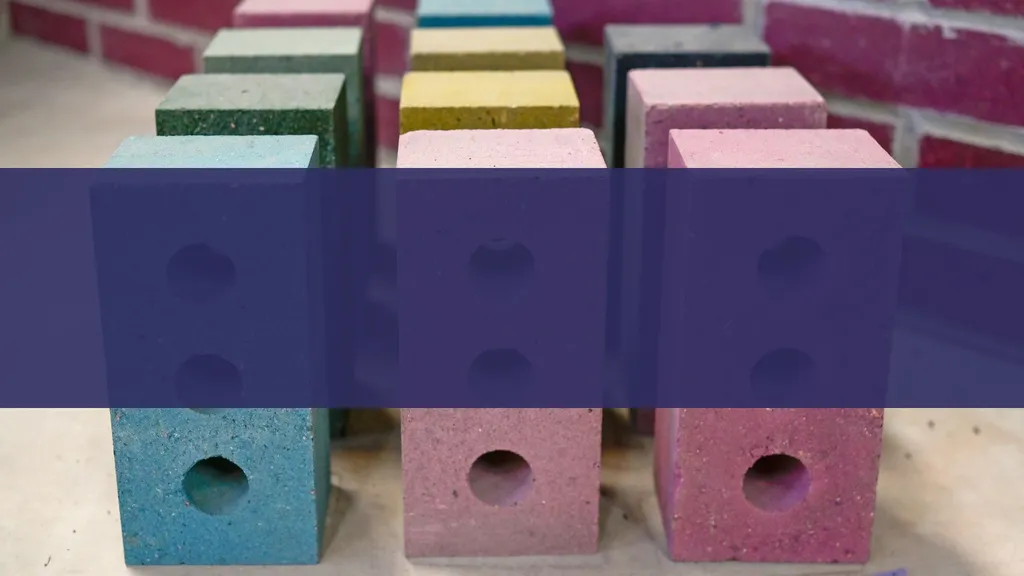In the heart of Algeria, researchers are turning the tables on construction waste and plastic pollution, transforming these environmental nuisances into valuable, flexible, and durable composite materials. Houdaifa Mahmoudi, a mechanical engineering professor at Kasdi Merbah University in Ouargla, is leading the charge, exploring innovative ways to reduce solid waste and promote sustainability in the construction industry.
Mahmoudi and his team have developed two composite materials using construction waste and recycled low-density polyethylene (LDPE). “We wanted to create something useful out of waste materials that often end up in landfills,” Mahmoudi explains. “By doing so, we can reduce environmental pollution and promote a circular economy.”
The first material, dubbed Material 1, is made solely from red brick waste (RBW). Material 2, on the other hand, is a more complex blend of construction waste (CW), including bricks, red bricks, concrete, sand, and dirt, bound together with recycled LDPE. The team experimented with different percentages of LDPE, ranging from 10% to 30%, to find the optimal balance between flexibility, strength, and durability.
The results were promising. As the percentage of LDPE increased, the materials became more flexible and shock-resistant, with improved lifespan but reduced density and hardness. Material 2, with a composition of 30% adhesive and 70% filling material, demonstrated the best overall properties, including a density of 1.525 g/cm³, a modulus of elasticity of 943.83 MPa, and a tensile strength of 2.596 MPa.
But Mahmoudi and his team didn’t stop there. They also leveraged artificial intelligence (AI) techniques to predict the outcomes of their experiments. “We trained three predictive models—Random Forest Regressor, Multi-Layer Perceptron, and XGBoost Regressor—to deliver accurate results based on our preliminary hypotheses,” Mahmoudi says. “This approach not only saves time and resources but also offers a promising method for advancing our understanding of the work.”
The commercial implications of this research are significant, particularly for the energy sector. As the world shifts towards renewable energy, there is a growing demand for flexible, durable, and lightweight materials for use in energy storage, insulation, and other applications. The composite materials developed by Mahmoudi and his team could potentially meet this demand, providing a sustainable and cost-effective solution.
Moreover, the use of AI in predicting material properties could revolutionize the way materials are developed and tested, paving the way for faster, more efficient, and more accurate research and development processes. “This research is just the beginning,” Mahmoudi says. “We hope that our findings will inspire further research and development in this field, leading to a more sustainable and environmentally friendly future.”
The study was recently published in the journal “Case Studies in Construction Materials,” offering a glimpse into the future of waste management and material science. As the world grapples with the challenges of climate change and environmental pollution, Mahmoudi’s research offers a beacon of hope, demonstrating that with innovation and determination, it is possible to turn waste into wealth and create a more sustainable future for all.

